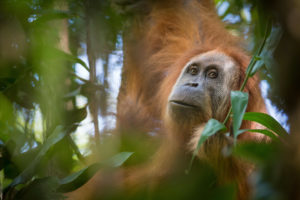Brazil’s 2020 harvest of grain, which under Brazilian government classifications includes soy, will surpass 250 million tonnes, the Ministry of Agriculture announced on September 10. This means the country’s soy production has quadrupled since the turn of the millennium – an historic record and the result of decades of work.
But, as soy advanced north and east it displaced cattle and pushed the ranching frontier into the Amazon rainforest, where agribusiness is testing both environmental monitoring capacity and the limits of nature itself, as the rain it depends on becomes increasingly scarce.
The sector’s lobbying groups depict this obstacle as an attempt by environmentalists and competitors to place the responsibility for the planet’s health upon the shoulders of Brazilian producers. But scientists argue that the destruction of the forest is drying up the rains that also irrigate national GDP.
Over the last decade, scientists and even agribusiness representatives themselves have pointed out that gradual changes in the seasonality of rainfall in the region represent the single greatest threat to Brazilian agribusiness.
Data from Brazil’s National Institute of Space Research (INPE) shows that yearly rainfall in Brazil has fallen almost 17% in the last decade compared to average levels over the past 40 years. There is no scientific evidence that this broad transformation can be uniquely attributed to deforestation since to a certain extent, the rise in temperatures caused by global warming explains the unpredictability of the rains.
However, scientists have steadily built the case that regional anomalies are the direct result of deforestation.
Climate scholars are finding more and more evidence that the rainy season is starting later and is shorter in Brazil’s soy- and corn-producing regions. In a country where only a tenth of cultivated land is irrigated, this news is serious.
Research shows, for example, that deforestation in the Amazon has already caused the state of Mato Grosso, Brazil’s largest soy producer, to lose almost a month of rain, while the neighbouring state of Rondônia has lost roughly two weeks’ worth.
The Amazon rainforest recycles the moisture brought in from the Atlantic Ocean and generates its own rain. Between 30% and 50% of the rain that falls on the Amazon is known to result from water transpired by the trees themselves. Deforestation interrupts this cycle of evapotranspiration – the sum of tree transpiration and land and ocean surface evaporation – thereby decreasing precipitation that researchers call ‘recycled’ rain.
Regions far from the Amazon, like the Andes or the Rio de la Plata basin that straddles southern Brazil, parts of Argentina, Paraguay, Uruguay and southeastern Bolivia, as well as large cities in the south and southeast of Brazil, depend on the movement of moisture from the Amazon.
These flows are popularly known as “flying rivers”. Cutting down trees cuts the source of a mighty aerial river. Researchers at the Federal University of Minas Gerais (UFMG) have dubbed this “agro-suicide”.
Deforestation and rain: New evidence
Researchers from UFMG’s Centre for Remote Sensing coined the term “agro-suicide” in a new and as yet unpublished article submitted to the scientific journal Nature Communications to illustrate what is already happening in some parts of the Amazon and Brazil’s midwest region.
One of the authors, forest engineer and UFMG researcher Argemiro Teixeira, explained in an interview that the group used yearly precipitation data focusing on the area known as the ‘arc of deforestation’, which bends from the southern to the eastern limits of the Brazilian portion of the Amazon.
the reasons to protect the Amazon are not ideological: they’re hydrological, climatic, geochemical
The land was divided into grid cells with each pixel representing 27 square kilometres. Some of the cells have had such high levels of deforestation that rains have been irreversibly affected.
A previous paper by Teixeira showed that each percentage point increase in deforestation in the southern Amazon delays the rainy season by between 0.12 and 0.17 days.
“What is most disturbing is that much of the arc of deforestation has already reached this point of no return,” says Teixeira. This means only regenerating the forest can restore rainfall to its previous patterns.
Agribusiness: Shooting itself in the foot
Brazil earned its reputation as an agricultural powerhouse because two or even three harvests can be obtained during the same year, rotating crops on the same land.
Because deforestation affects not only the quantity of rain but also its seasonality, this competitive advantage could be lost. A delay in the rainy season shortens the time available to plant for additional harvests.
27
fewer days of rain occurred during Mato Grosso's rainy season between 1988 and 2012
Besides the UFMG study, other recent publications have come to the same conclusion. In September 2019, a group led by Marcos Costa of the University of Viçosa published a study in the International Journal of Climatology which found that rainy seasons in Mato Grosso had on average 27 fewer days of rain between 1998 and 2012, a development that can be directly attributed to deforestation in the southern part of the Amazon.
Another article by researchers from the University of Richmond and Dartmouth College, in the US, published in Nature in June of this year, simulated the different effects of the loss of vegetation in the Cerrado and the eastern and southern Amazon on crop yields, finding that the production of maize grown in the Cerrado could fall by between 6% and 8%.
Decades of scientific warnings about deforestation and rain
These threats are already well known to scientists and agribusiness representatives. Senator and former Minister of Agriculture Katia Abreu says she learned about the flying rivers concept during her time as head of the National Confederation of Agriculture (2008–2011), which is the largest lobbying group for the sector.
“Now everything is turned on its head,” she says, regretting that the government is not protecting the interests of agribusiness through better environmental protection. “They do not want to face reality, but instead flatter half a dozen producers.”
Abreu learned about the rivers from EMBRAPA, the Brazilian State Agricultural Research Corporation, which pioneered studies on the impact of climate change on food production in Brazil.
Eduardo Assad, an EMBRAPA veteran, published a scientific article in 2013 that looked at the length of dry spells within rainy seasons in the south, southeast, and mid-west and came to the same conclusion as recent studies: that global warming and deforestation have brought about extreme drought in the grain-producing region.
Assad’s research found that the length of dry spells within rainy seasons has become unpredictable in recent years. Although he adds: “We have been talking [about this] for twenty years!”
Yet the first warnings came even earlier, almost 40 years ago.
We need to regenerate our forests, remediating permanent preservation areas, because if this does not happen we will not have rain
In an article entitled “Amazon Basin: a System in Equilibrium” published in Science magazine in 1984, the physicist Eneas Salati of the University of São Paulo was already warning about the impacts that potential reductions in Amazonian rainfall would have on agricultural production in the country.
“Continued large-scale deforestation is likely to lead to increased erosion and water runoff with initial flooding in the lower Amazon, together with reduced evapotranspiration and ultimately reduced precipitation. Reduced precipitation in the Amazon could increase the tendency toward continentality and adversely affect climate and the present agriculture in south-central Brazil.”
Salati was a pioneer among those examining how Amazonian rainfall works in detail. In 1979, he published one of the seminal articles on the region’s moisture recycling system.
By the 1970s, Salati’s work had captivated the Peruvian climatologist José Marengo, who was compelled to begin a 25-year career as a researcher in Brazil. Around 2005, Marengo was part of the group of researchers who helped popularise the concept of “flying rivers”. The first time he remembers talking about it was when he explained the movement of moisture to the aviator Gérard Moss. It was an adaptation of the term “atmospheric rivers” coined by American researchers in the 1990s.
“If you take all this moisture that passes over the Amazon and translate it into a volume of water, this volume is very similar to that of the Amazon River,” says Marengo. “You can feel this moisture, but you can’t see it.”
The concept was a major success in scientific communication. As Marengo tells it, congressional representatives and senators were able to grasp it easily. But scientific knowledge, even if broken down to be accessible to the general public, was still not sufficient to stop the devastation.
Between 1988 and 2019, an estimated 20% of the Brazilian Amazon was deforested, some 796,000 square kilometres, the equivalent of France and Italy’s land mass combined. In recent years, official data shows that the rate of deforestation is further accelerating.
Limits and changes
The world has never purchased as many agricultural commodities from Brazil as it does today. And over the next few decades this market will expand even more. Taking into account the scientific evidence that deforestation affects rainfall in the regions that depend on it for production, the question becomes: at what point does agriculture become untenable?
EMBRAPA’s Assad says soy, maize and cotton are all at risk. “Brazil’s production model will reach a limit. What is important is not to hit record after record, but rather to maintain it. We need to regenerate our forests, remediating permanent preservation areas, because if this does not happen we will not have rain,” he says.
Marcello Brito, president of the Brazilian Agribusiness Association (ABAG), agrees. He says productivity gains in recent record harvests have been obtained despite increasing levels of systemic risk. “You may have gains in one region, but another will be profoundly affected.”
Brito cites 2020’s near constant droughts that affected the states in southern Brazil, which are also major producers of agricultural commodities.
This March, for example, the state of Rio Grande do Sul only had 28 millimetres of rain, a quarter of the historic average, leading farmers to beg for help from the government. The neighbouring state of Paraná had the worst drought since it began keeping records in 1997, getting just two thirds of the volume of rain expected between mid-2019 and early 2020.
43%
of the average amount of rain fell in the Brazilian Pantanal between November and March
Between those states and the Amazon, lies Brazil’s Pantanal, the world’s largest wetlands, which is now experiencing the worst drought in its history. Between November 2019 and March 2020, it received only 350mm of rainfall, 43% of the expected historic average of 810mm.
Researchers have been hesitant to relate the tragedy – which shocked the world with images of charred, dead animals — to Amazon deforestation. But the occurrence of extreme events is in line with the decades-old predictions of more irregular rain distribution.
Brito notes that the historical data on rainfall shows “a complete change in the cycle” and for this reason the cost of production has increased. Some companies have sought out specific, drought-resilient seed varieties as a means of adapting.
The agricultural sector can be divided into those who believe in science, and those who deny it, Brito says. “In my view, the majority believe it.”
German Poveda, a Colombian climatologist who is part of the newly created Scientific Panel on Amazonia, argues that the case for halting deforestation is objectively clear: “the reasons to protect the Amazon are not ideological: they’re hydrological, climatic, geochemical”.
Changing the development model is the only way out, according to Poveda, who says that Amazonian countries should invest in an economy based on the sound science of how to best use its biodiversity.
“This is the only solution between development and environmental preservation, our last hope of being economic powers as Amazonian countries.”
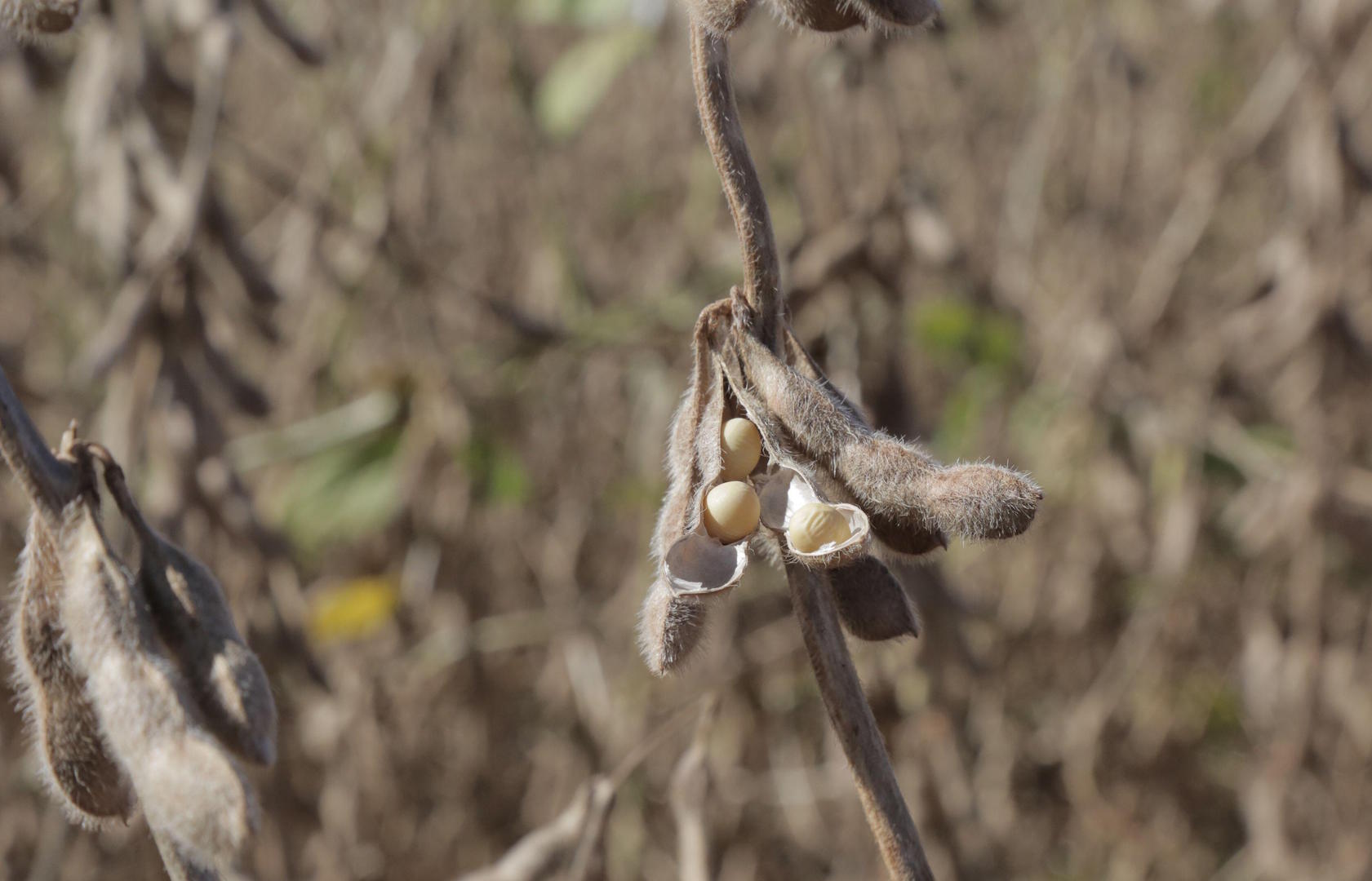

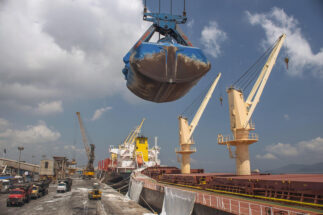
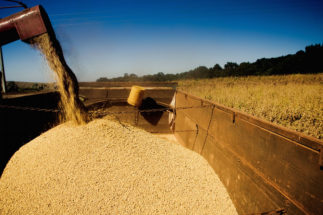
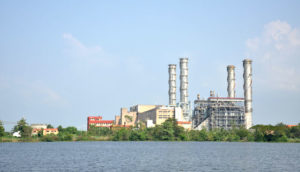

![A snow leopard in Uttarakhand [image by: Sonu Negi]](https://dialogue.earth/content/uploads/2020/10/Featured_image_PIC_credit_Sonu_Negi_1-300x200.jpg)
